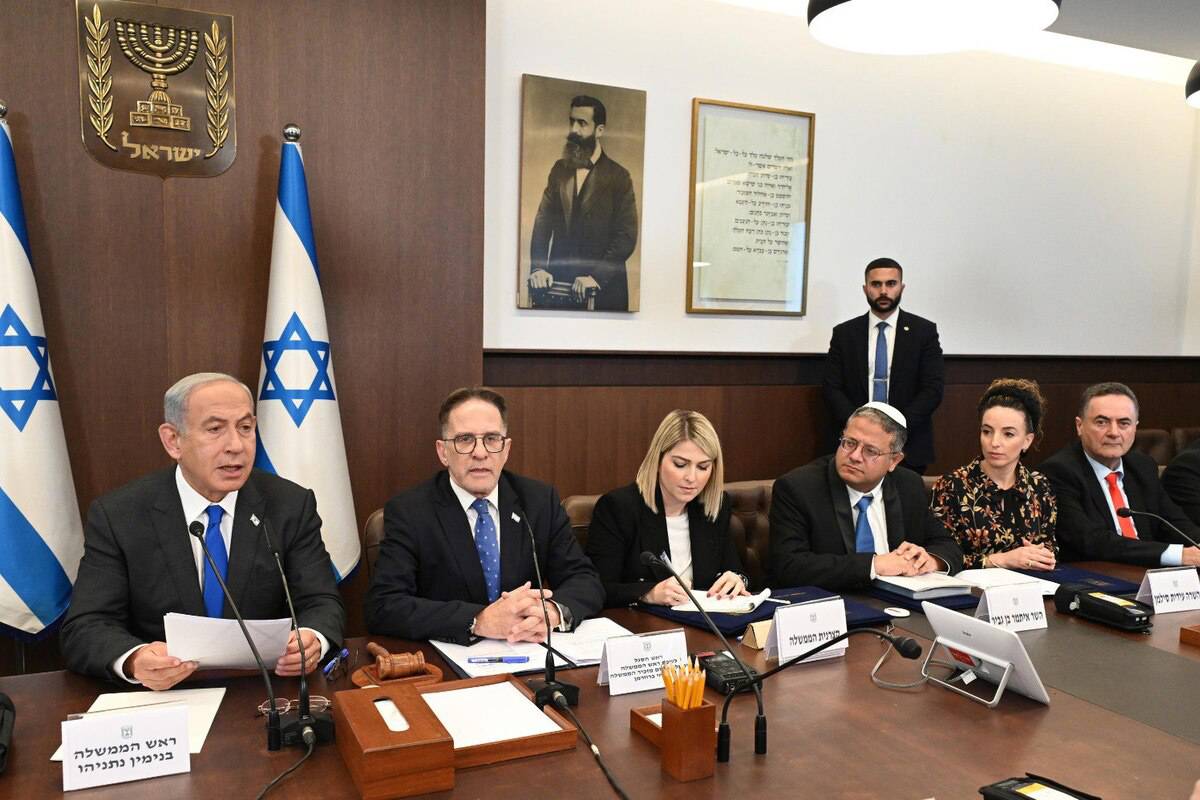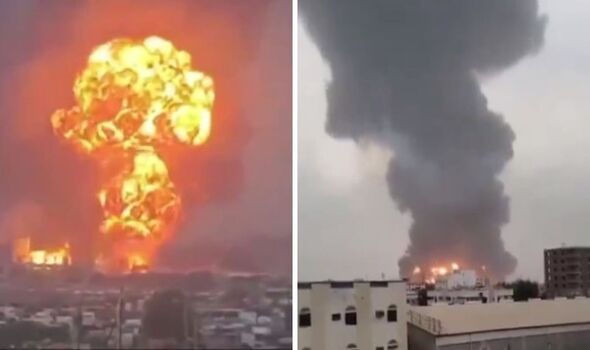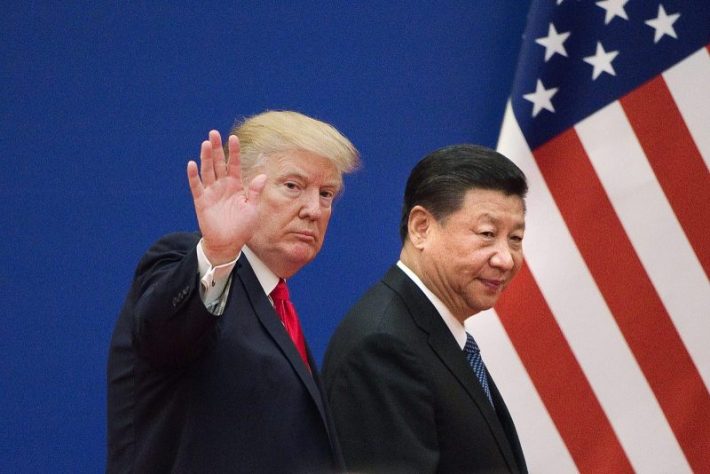
The Israel-Hamas conflict is perhaps the most pressing and volatile issue in the Middle East. Recently, in a dramatic turn of events, the Israel government endorsed a ceasefire with Hamas, which would mean the release of prisoners and an end to the ongoing fighting in Gaza. The agreement has built trust and also raised fundamental issues about its implementation and long-term impact.
All the points in this post
Background of the Israel-Hamas Conflict
Roots of the Conflict
The conflict between Israel and Hamas is well-established in the broader Israeli-Palestinian dispute. Since the mid-20th century, tensions over land, borders, and power have repeatedly sparked episodes of violence. Hamas, a Palestinian Islamist group that controls the Gaza Strip, is at the center of this struggle. Its stated goal of opposing the Israeli occupation has often degenerated into violent conflict, further fueling regional instability.
Recent Escalation of Violence
The latest round of the conflict began with a flood of rocket attacks from Gaza and retaliatory airstrikes by Israel. These threats have caused widespread destruction, civilian casualties, and a growing humanitarian emergency. The past few weeks have been particularly devastating, with thousands of people displaced and infrastructure severely damaged.
Details of the Ceasefire Agreement
The Core Terms of the Deal
The recently approved ceasefire agreement is an encouraging sign in a region desperate for reconciliation. Under the agreement:
- Israeli civilians and officials held by Hamas will be released in phases.
- Both sides have agreed to end the threat, and measures have been put in place to prevent violations.
- Humanitarian aid will be allowed into Gaza, providing much-needed aid to civilians.
Role of Mediators
This agreement has not yet been implemented. Mediation by countries such as Egypt and Qatar, as well as the United Nations, played a key role in bringing the various parties to the negotiating table. These mediators have faced several challenges, including questions and persistent atrocities during the negotiations.

Humanitarian Impacts of the Gaza Conflict
Civilian Casualties and Displacement
The cost of the war in Gaza has been devastating. According to reports, countless civilians, including women and children, have lost their lives. Entire families have been displaced, displacement camps have been spread as people have fled the atrocities. The deep and psychological scars of this conflict will likely linger for generations.
Destruction of Infrastructure
Beyond the human cost, the destruction of infrastructure is horrific. Schools, emergency clinics and homes have been destroyed, leaving people without essential supplies. The ceasefire offers a fundamental opportunity to rebuild, but the road to recovery will be long and difficult.
Reactions to the Ceasefire Deal
Response from the Israeli Government
Israeli authorities, including Prime Minister Benjamin Netanyahu, have expressed cautious confidence in the ceasefire agreement. Highlighting the significance of the prisoner swap, they have warned Hamas against ignoring the agreement. Israel’s responsibility to protect its citizens remains intact.
Hamas’ Perspective
Hamas once again sees the ceasefire as a strategic victory. The organization claims that its opposition efforts have forced Israel to come to the negotiating table. However, questions remain as to whether Hamas will uphold its end of the deal.
International Reactions
Localities around the world have generally called for a ceasefire agreement. The United Nations, European Union, and major international powers have hailed the agreement as a step towards de-escalation. However, numerous leaders have highlighted the need for a reasonable solution to the ongoing conflict.

Challenges in Implementing the Ceasefire
Ensuring Hostage Releases
One of the most fundamental parts of the ceasefire agreement is the arrival of prisoners by Hamas. While the agreement guarantees them access, the cycle is fraught with complications. Prisoner negotiations often involve complex operations, including identifying areas, coordinating with mediators, and ensuring safe handovers. There is also the risk that factions within Hamas could go against the agreement, potentially disrupting the cycle.
The prisoners’ groups have expressed both hope and tension. As far as they are concerned, the deal is life-saving, but until their friends and families return home safely, the trial is nowhere near over. International mediators should be effectively involved to ensure that every promise is fulfilled.
Maintaining Long-term Peace
A ceasefire, while a huge achievement, is not the same as reconciliation. Numerous ceasefires in the region have been broken by the intensity of suspicion and new provocations. Both Israel and Hamas should exercise restraint and refrain from activities that could rekindle tensions. For example, sporadic rocket attacks or forceful military action can set the course for progress, ushering in a new phase of brutality.
The test also lies in being attentive to the circumstances that give rise to the struggle. Without addressing issues such as economic inequality in Gaza, development opportunities for Palestinians, and security concerns for Israelis, the ceasefire can only serve as a temporary bandage.
The Role of International Diplomacy
Involvement of Neighboring Countries
Middle Eastern countries have generally played a key role in mediating between Israel and Hamas. In particular, Egypt has often acted as an extension of the various parties due to its geopolitical location and long-standing ties to the two sides. Qatar has also played a key role in providing financial assistance to Gaza and working on the negotiations.
These countries are called upon to monitor the implementation of the ceasefire and mediate on any questions that arise. Their contribution highlights the significance of regional cooperation in dealing with a conflict that has far-reaching implications.
Broader Implications for Middle East Stability
The ceasefire has repercussions beyond Israel and Gaza. Provincial dependence is closely linked to the situation in Palestine. A permanent goal could pave the way for improved relations between Israel and other Bedouin states. On the other hand, if the ceasefire breaks down, tensions could increase, attracting other regional players and potentially weakening neighboring states.
Global powers, including the United States and the European Union, are also closely watching what is happening. Their work in supporting reform efforts and pushing for a political settlement will be crucial in maintaining momentum toward reconciliation.
Steps Toward Lasting Peace
Addressing Root Causes
To achieve lasting reconciliation, both sides will need to address the underlying drivers of the conflict. This includes addressing issues such as:
- Borders: Demarcating borders for both Israel and Palestine.
- Security: Ensuring the well-being of Israeli citizens while maintaining Palestinian sovereignty.
- Privileges: Providing Palestinians with development opportunities and access to resources, including essential amenities.
Without addressing these central issues, reconciliation will remain fragile. Political will, both locally and globally, is fundamental to building a system for reconciliation.
Need for International Support
Sustainable reconciliation requires negotiations and substantial support from the international community. These include:
- Supportive guidance: Providing relief to those affected by the conflict, particularly in Gaza, where resources are scarce.
- Rehabilitation: Rebuilding destroyed structures, including homes, schools, and emergency clinics.
- Reconciliation Development Campaign: A grant-based program to advance sharing and participation between Israelis and Palestinians.
Organizations such as the Assembled Nations and non-legislative bodies should be strengthened to support both immediate needs and long-term reconciliation development.
End
The ratification of a ceasefire agreement between the Israeli government and Hamas marks a crucial moment in the ongoing Gaza conflict. While it provides a much-needed reprieve from the threats and promises of prisoner releases, the path forward is fraught with complications. For the ceasefire to hold, both sides must demonstrate responsibility and the international community must play an effective role in supporting reconciliation efforts.
This understanding, however tenuous, is a step toward ending the cycle of brutality that has long plagued the region. By addressing the root causes of the conflict and building on collective efforts, there is a belief that this ceasefire can establish a lasting goal.






